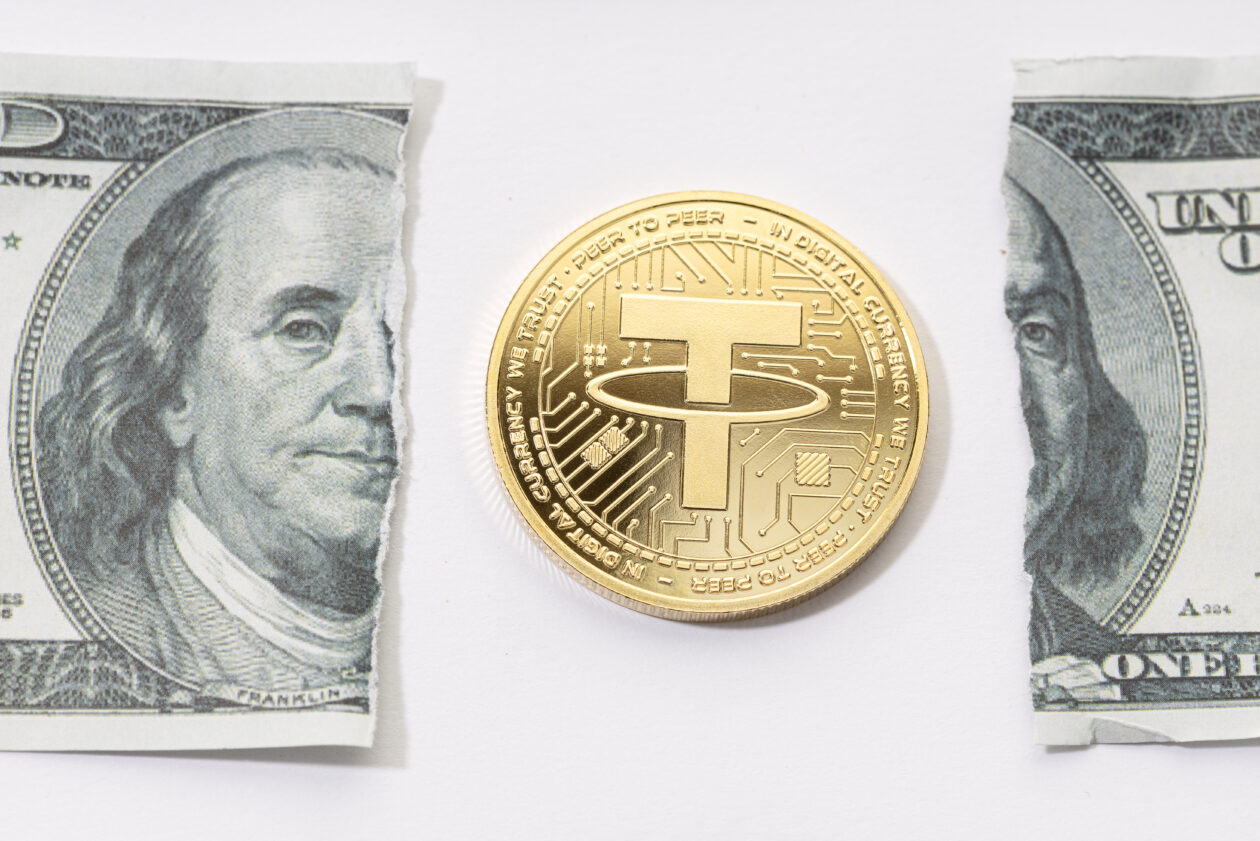Tether Holdings Limited, the issuer behind the world’s largest stablecoin USDT, reduced its holdings of commercial paper to less than US$50 million as of Sept. 30, according to a tweet by Tether Chief Technology Officer Paulo Ardoino.
See related article: SEC fines Tether’s former auditor US$1 mln over accounting malpractice
Fast facts
- In the tweet, Ardoino also said that Tether had increased its U.S. Treasury bills to 58.1% of its total portfolio, up from its June 30 figure of 43.5%.
- Stablecoins are cryptocurrencies whose value is pegged to that of an underlying asset, such as the U.S. dollar, by holding assets equivalent or greater than the cryptos’ total market cap. As such, there is great scrutiny behind stablecoin issuer holdings to ensure they are indeed fully backed. USDT is the largest stablecoin in the world with a market capitalization of US$67.9 billion.
- Treasury bills are perceived as being more stable than commercial paper, as they offer “zero default risk” as the purchase price is always guaranteed. Commercial papers are short-term debt products that companies issue to increase financing.
- Tether has been reducing its commercial paper holdings for some time, cutting its holdings by 21% in Q4 2021, saying in June it was aiming to reduce its commercial paper holdings to zero and instead hold the equivalent in U.S. Treasury bills. The firm has reduced its commercial paper reserves from 20 billion units in Q1 2022 to 8.4 billion units as of Q2 2022.
- The U.S. Securities and Exchange Commission announced last week it filed and settled a US$1 million fine against Tether’s former auditing firm, Friedman LLP, over “serious violations of the federal securities laws.”
- Due to a February 2021 settlement with the New York State Attorney General, Tether is required to issue quarterly reports on its reserves. The firm announced in August it was partnering with accounting firm BDO Italia to produce these reports going forward.
See related article: Tether pushes back at WSJ doubts on its reserves





